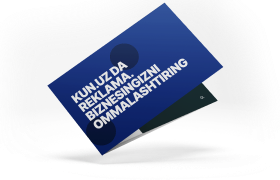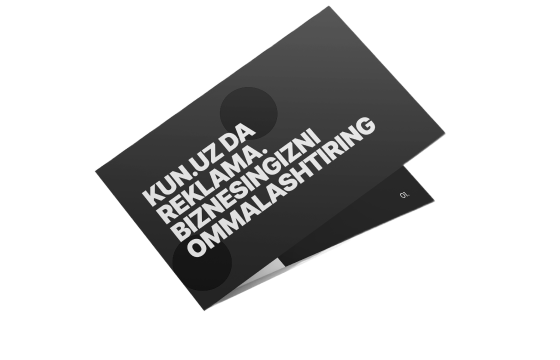Rising meat prices in Uzbekistan: What factors are driving the surge?
Since late February, meat prices have been climbing, first in the capital and then across Uzbekistan. According to the National Statistics Committee, in March alone, lamb prices surged by 9.1%, while beef rose by 8.8%. So, what’s behind this increase?

Photo: KUN.UZ
Globally, the average price of 1 kg of beef stands at $6, yet in Uzbekistan, prices hover between $8 and $11. Local butchers interviewed by a Kun.uz correspondent warn that prices could climb even higher in the coming days. Several interconnected factors appear to be fueling this trend in recent years.
Firstly, the land allocated for livestock grazing doesn’t match the number of cattle. Pastures that once existed have increasingly been converted into cropland, exacerbating this imbalance. For farmers looking to expand livestock production, the lack of sufficient grazing land poses a significant barrier. Pasture-based livestock farming incurs far lower costs than stall-fed methods, making it a critical factor in balancing meat prices due to its cost-efficiency. However, climate change and water scarcity are shrinking these pastures naturally, while the chopping of shrubs and semi-shrubs for firewood and household needs has accelerated their degradation and desertification.
This reduction in pastureland demands greater reliance on existing resources, slowing vital natural processes like plant growth, seed production, and soil replenishment. Stabilizing current price hikes and boosting market supply requires addressing this long-standing systemic issue. Without increasing the size and productivity of desert pastures, expanding the livestock population grazing on them remains unfeasible. Some countries, for instance, have tackled this by annually sowing grass seeds to rejuvenate grazing areas.
Secondly, a significant portion of meat is produced in households, where young cattle are bought from breeders, fattened, and sold for additional income. The volatile prices of feed like meal and oilcake, coupled with insufficient land for forage and unofficial restrictions on planting crops like corn, are driving up livestock feed costs. As a result, consumers bear the brunt of these rising expenses. Unlike cotton or grain, meat isn’t treated as a top-tier strategic commodity.
Thirdly, 2025 has seen a global uptick in meat prices. The UN Food and Agriculture Organization’s (FAO) beef price index exceeded 132 points in March—the highest in 33 months. Neighboring countries are feeling the pinch too: in March, Kazakhstan saw beef prices rise by 3.5% and lamb by 3.4%, while Kyrgyzstan recorded a 3% inflation rate for meat products.
How much have prices risen?
The impact of rising meat prices varies across Uzbekistan’s regions. In Kashkadarya’s Nishon district, beef jumped from 95,000 UZS to 110,000 UZS per kg, and lamb from 110,000 UZS to 120,000 UZS. At Namangan’s Chortoq farmers’ market, premium beef rose from 110,000 UZS to 130,000 UZS, while in Fergana city, it climbed from 120,000 UZS to 150,000 UZS. In Tashkent’s markets, premium beef previously sold for 120,000–125,000 UZS now fetches 140,000–150,000 UZS.
Meat has emerged as one of the most expensive staples in recent years. At the end of 2010, a kilogram cost 9,000 UZS; by late 2011, it was 15,000 UZS; and by mid-2014, it reached 26,000 UZS. The trend continued as follows:
- 2016: 35,000 UZS
- 2017: 38,000 UZS
- 2018: 46,000 UZS
- 2020: 60,000 UZS
- 2021: 70,000 UZS
- 2022: 90,000 UZS
- 2024: 120,000 UZS
- 2025: 140,000 UZS
Official data from the Statistics Committee shows beef (with bones) price increases over recent years:
- 2017: 35.9% (overall inflation: 14.4%)
- 2018: 26.9% (overall inflation: 14.3%)
- 2019: 26.6% (overall inflation: 15.2%)
- 2020: 21.1% (overall inflation: 11.1%)
- 2021: 10.4% (overall inflation: 9.98%)
- 2022: 9.8% (overall inflation: 12.3%)
- 2023: 9.3% (overall inflation: 8.8%)
- 2024: 35.9% (overall inflation: 14.4%)
Meat production and imports
In 2024, Uzbekistan produced 2.9 million tons of meat (live weight), a 3.9% increase from 2023’s 2.8 million tons and 2022’s 2.7 million tons. Most meat consumed domestically is produced locally. However, imports are rising yearly. According to the Customs Committee, 2024 saw $510 million worth of meat and meat products imported, with $366 million (nearly 94,000 tons) being beef — a 57% increase in volume and 51% in value compared to 2023. Additionally, $119 million worth of live animals were imported last year.
From January to March 2025, Uzbekistan imported 26,600 tons of beef valued at $108.5 million — an 85% value increase and 76% volume increase from the same period in 2024. The average price per kg was $4.08, up from $3.88 the previous year. Notably, Uzbekistan applies a zero customs duty rate on meat imports.
Conclusion
Rising beef and lamb prices significantly affect people’s financial well-being, hitting vulnerable groups hardest — pensioners, low-income families, and the unemployed. Meat is a cornerstone of a healthy diet, but its growing cost reduces its share in daily meals, potentially leading to deficiencies in essential nutrients critical to human health.
Related News
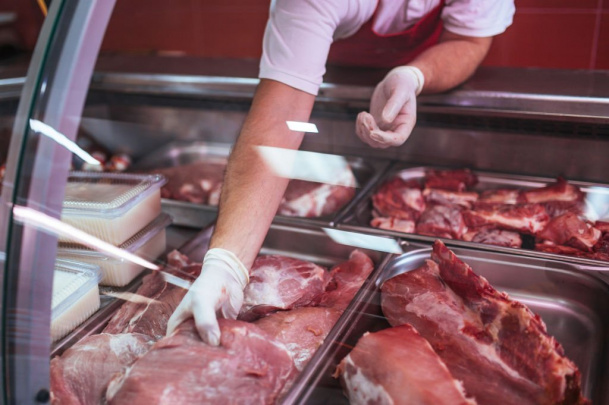
14:21 / 21.05.2025
Why meat is getting more expensive in Uzbekistan: A look at regional and domestic factors
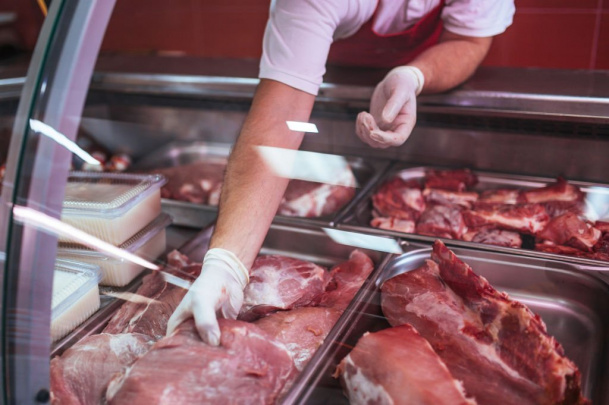
12:28 / 17.05.2025
Perceived inflation in Uzbekistan hits 14.4% in April
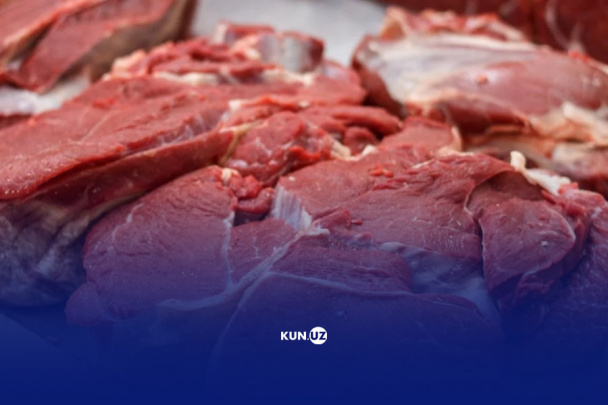
17:17 / 10.05.2025
Agriculture Ministry comments on soaring meat prices, claims meat in Uzbekistan is cheaper than in neighboring countries
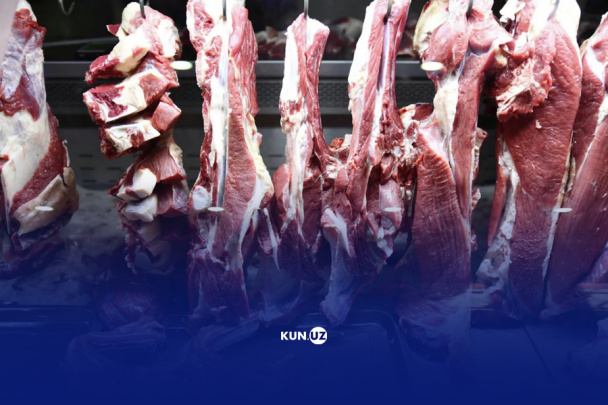
13:40 / 16.04.2025
